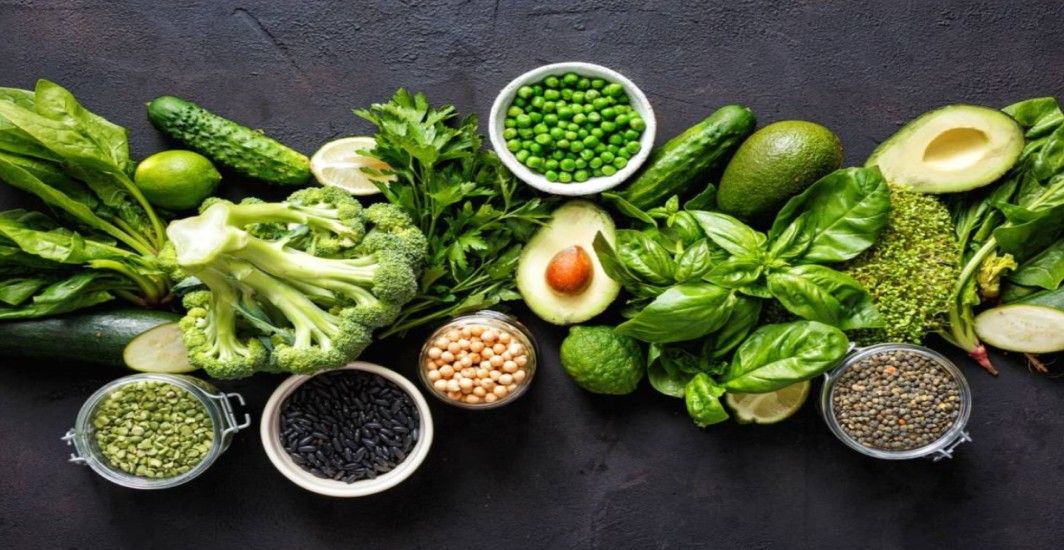Diabetes Management
Optimal Vegetable Choices for Type 2 Diabetes Management
1 min read
By Apollo 24|7, Published on - 21 May 2024, Updated on - 24 May 2024
Share this article
0
0 like

Controlling blood sugar levels is crucial to managing type 2 diabetes. But where to start? The answer lies within your vegetable basket. Consuming an array of nutritious, low-starch vegetables can lead to improved overall health for individuals with type 2 diabetes.
Ideal Vegetables for Type 2 Diabetes Management
Healthy eating is not just about exclusion but also about the inclusion of the right foods. Here are some vegetables that can aid in your diabetes management journey:
- Broccoli: This green powerhouse aids in glucose and cholesterol management.
- Spinach: Loaded with nutrients, it aids in insulin sensitivity and is an excellent choice for diabetics.
- Cabbage: High in fibre and vitamin C, this vegetable can prevent blood sugar spikes.
- Asparagus: Its fibre content and essential nutrients help lower blood sugar levels.
- Mustard Greens: Packed with fibre and nutrients, they make a great addition to a diabetic diet.
- Brussels Sprouts: High in fibre and antioxidants, they contribute to weight loss and overall health.
- Carrots: A good source of fibre, vitamins, and antioxidants, carrots help control blood glucose levels.
- Cucumber: Low in calories and carbohydrates, rich in fiber it's a refreshing choice for diabetics.
- Tomatoes: Rich in lycopene and vitamins, they're beneficial for heart health.
- Radish: Low in calories, radishes make a nutrient-rich addition to a diabetic diet.
Reaping the Benefits through Variety
Every vegetable provides unique health benefits. So, aim to consume a diverse range of vegetables to reap their full range of nutrients. This will not only manage your blood sugar levels but also support weight loss and reduce the risk of complications related to type 2 diabetes.
Diabetes Management
Consult Top Diabetologists
View AllLeave Comment
Recommended for you

Diabetes Management
Understanding the Connection: Diabetes, Iron Deficiency and Fatigue
Tiredness, cold extremities, frequent infections, poor appetite, and strange cravings - if you are living with diabetes and are experiencing these symptoms, you may be dealing with iron deficiency anaemia (IDA). A common issue in diabetic individuals, IDA can impact your glucose regulation and overall diabetes management. Being mindful of the symptoms and seeking timely medical intervention can help manage both conditions effectively.

Diabetes Management
To Avoid Health Complications, This Is How Frequently You Should Check Your Blood Glucose
Regular blood glucose testing is crucial for effective diabetes management. Type 1 diabetics may need to test four to ten times daily, considering factors like meals, physical activity, and sleep. Type 2 diabetics managing levels with medication, diet, and exercise may require less frequent testing. Target blood glucose levels range from 80 to 130 mg/dL before meals and not exceeding 180 mg/dL after meals. A balanced diet, low in sugar and sodium, along with regular testing, helps maintain healthy levels.
.jpg?tr=q-80)
Diabetes Management
Are Peanuts Good For Diabetes?
Peanuts can be beneficial for individuals with diabetes due to their low glycemic index and high fiber content. Opt for plain, unsalted peanuts or natural peanut butter without added sugars or oils. Pair them with high-fiber, low-carb foods like vegetables to slow down carbohydrate absorption. To make healthier choices and manage diabetes effectively, consider enrolling in the Apollo Super 6 program.
Subscribe
Sign up for our free Health Library Daily Newsletter
Get doctor-approved health tips, news, and more.
Visual Stories

8 Fruits That are Incredibly Healthy for Diabetes
Tap to continue exploring
Recommended for you

Diabetes Management
Understanding the Connection: Diabetes, Iron Deficiency and Fatigue
Tiredness, cold extremities, frequent infections, poor appetite, and strange cravings - if you are living with diabetes and are experiencing these symptoms, you may be dealing with iron deficiency anaemia (IDA). A common issue in diabetic individuals, IDA can impact your glucose regulation and overall diabetes management. Being mindful of the symptoms and seeking timely medical intervention can help manage both conditions effectively.

Diabetes Management
To Avoid Health Complications, This Is How Frequently You Should Check Your Blood Glucose
Regular blood glucose testing is crucial for effective diabetes management. Type 1 diabetics may need to test four to ten times daily, considering factors like meals, physical activity, and sleep. Type 2 diabetics managing levels with medication, diet, and exercise may require less frequent testing. Target blood glucose levels range from 80 to 130 mg/dL before meals and not exceeding 180 mg/dL after meals. A balanced diet, low in sugar and sodium, along with regular testing, helps maintain healthy levels.
.jpg?tr=q-80)
Diabetes Management
Are Peanuts Good For Diabetes?
Peanuts can be beneficial for individuals with diabetes due to their low glycemic index and high fiber content. Opt for plain, unsalted peanuts or natural peanut butter without added sugars or oils. Pair them with high-fiber, low-carb foods like vegetables to slow down carbohydrate absorption. To make healthier choices and manage diabetes effectively, consider enrolling in the Apollo Super 6 program.


